Effective management of phosphorus is needed to curb the rise of harmful algal blooms. Few studies have explored how algal biomass, especially blue-green algae, can be used to create materials that remove phosphate from water. Researchers have filled that gap by transforming cyanobacterial biomass into materials that can pull harmful phosphorus out of water.
Tag: Marine Life
FAU Engineering to Lead $1.3M Collaborative Conservation Project
Tracking marine animals at both individual and group levels is crucial for wildlife conservation. Researchers will develop and employ generative AI to identify, track, and analyze behavior of marine animals (with a focus on manatees), and address traditional tracking cost-precision trade-offs.
Under Pressure: How Comb Jellies Have Adapted to Life at the Bottom of the Ocean
UC San Diego Assistant Professor of Chemistry and Biochemistry Itay Budin teamed up with researchers from around the country to study the cell membranes of ctenophores (“comb jellies”) and found they had unique lipid structures that allow them to live under intense pressure. Their work appears in Science.
FAU Lands $1.3 Million Grant to ‘Clean Up’ Stinky Seaweed in Florida
Once Sargassum deluges beaches, removing, disposing and repurposing the seaweed presents many logistical and economic challenges. Cleaning up these huge piles of annoying seaweed while protecting these critical habitats at the same time is a precarious struggle.
‘Janitors’ of the Sea: Overharvested sea cucumbers play crucial role in protecting coral
In a first-of-its-kind study, researchers at the Georgia Institute of Technology discovered that sea cucumbers — sediment-eating organisms that function like autonomous vacuum cleaners of the ocean floor — play an enormous role in protecting coral from disease. The problem is, they’ve been overharvested for more than 100 years, and they’re now rare.
Mercury levels in tuna remain nearly unchanged since 1971, study says
Tuna can build up high levels of methylmercury from feeding on contaminated prey. Despite efforts to reduce mercury emissions, researchers report in ACS’ Environmental Science & Technology Letters that levels in tuna appear to be unchanged.
‘It’s hard to imagine, but a fish can drown’
As marine heat waves caused by climate change increase in severity and duration, certain species of fish will suffer the consequences.
Life on Earth didn’t arise as described in textbooks
No, oxygen didn’t catalyze the swift blossoming of Earth’s first multicellular organisms. The result defies a 70-year-old assumption about what caused an explosion of oceanic fauna hundreds of millions of years ago.
World’s most threatened seabirds visit remote plastic pollution hotspots, study finds
The extensive study assessed the movements of 7,137 individual birds from 77 species of petrel, a group of wide-ranging migratory seabirds including the Northern Fulmar and European Storm-petrel, and the Critically Endangered Newell’s Shearwater.
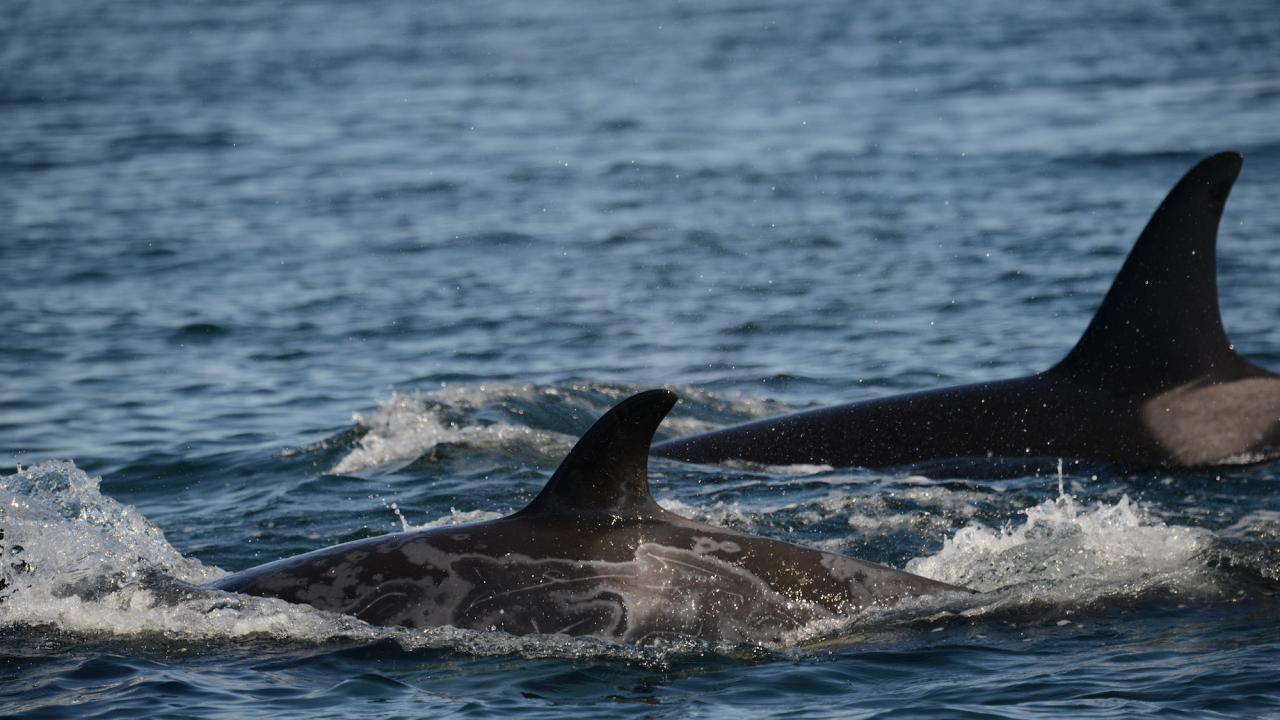
Skin disease in endangered killer whales concerns scientists
Scientists studying endangered southern resident killer whales have observed a strong increase in the prevalence of skin disease in this population.

‘Sea butterfly’ life cycle threatened by climate change may impact Southern Ocean ecosystem
A team of marine scientists has examined life cycles, abundance, and seasonal variability of shelled sea butterflies in the north-east Scotia Sea, a region undergoing some of the fastest climate change in the Southern Ocean.
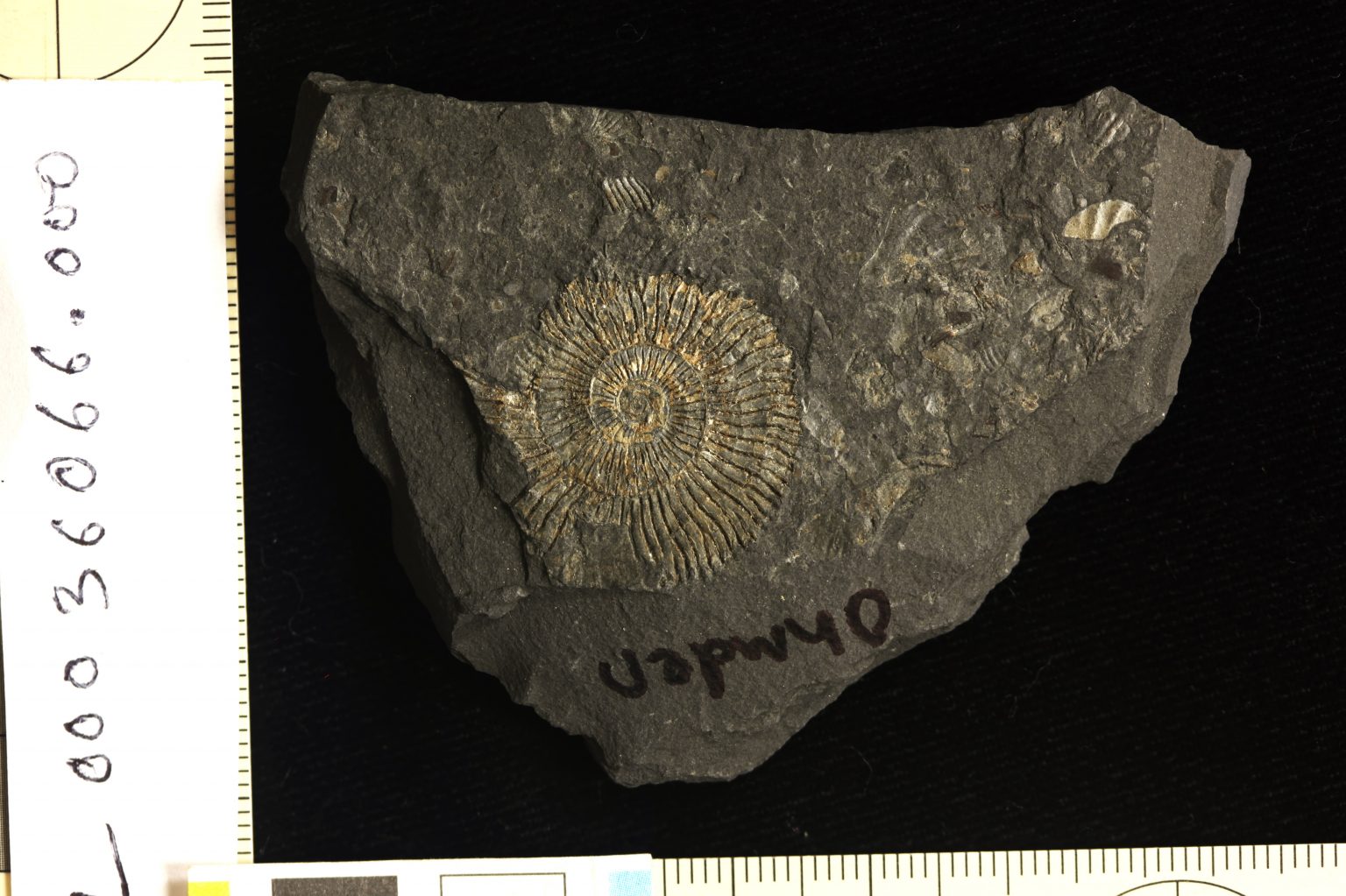
“Golden” fossils reveal origins of exceptional preservation
A recent study by scientists at The University of Texas at Austin and collaborators found that many of the fossils from Germany’s Posidonia shale do not get their gleam from pyrite, commonly known as fool’s gold, which was long thought to be the source of the shine. Instead, the golden hue is from a mix of minerals that hints at the conditions in which the fossils formed.
FAU Developed AUTOHOLO Shows Potential as Red Tide Warning System
Current methods to monitor red tide are limited. Using AUTOHOLO, a new autonomous, submersible, 3D holographic microscope and imaging system, a study is the first to characterize red tide in the field and breaks new ground for monitoring harmful algal blooms.
FAU Teams Up with Shipwreck Park for Underwater Public Project, ‘Wahoo Bay’
Several years in the making, Wahoo Bay will serve partly as an educational marine park as well as an initiative to restore the natural habitat. Using AI and sensors, FAU engineers and students will deploy automated weather monitoring stations, underwater cameras, vehicles, acoustic and water quality monitoring sensors in Wahoo Bay, a “living” laboratory that provides an immersive experience for visitors while raising awareness of keeping oceans and coral reef systems healthy.
Shark and ray populations rebounding in Northwestern Atlantic
Better fisheries management and conservation is effective at turning the tide on the shark and ray declines, according to a study from Simon Fraser University researchers.
What Ancient Underwater Food Webs Can Tell Us About the Future of Climate Change
UNLV analysis challenges the idea that ocean ecosystems have barely changed over millions of years, pointing scientists down a new path on conservation efforts and policy.
Surf’s up (and don’t mind the sharks)
In a new study from the University of South Australia, researchers found that 60 per cent of surfers are not afraid of sharks when surfing, despite more than half of them spotting a shark when out in the water.
Marine heatwaves have devastating impacts on marine life in the tropical western and central Pacific Ocean region
Research published in Global and Planetary Change examines the trends and projected frequency, intensity and duration of marine heatwaves (MHWs).
A Prickly Situation
Purple sea urchins are munching their way through California’s kelp forests at a speed and scale that have stunned scientists, fishermen and divers alike.
Marine Biology: Fin whale populations rebound in Antarctic feeding grounds
Southern fin whales have been documented feeding in large numbers in ancestral feeding grounds in Antarctica for the first time since hunting was restricted in 1976. The paper, published in Scientific Reports, includes the first video documentation of large groups of fin whales feeding near Elephant Island, Antarctica.
Seafloor animal cued to settle, transformed by a bacterial compound
Most bottom-dwelling marine invertebrate animals, such as sponges, corals, worms and oysters, produce tiny larvae that swim in the ocean prior to attaching to the seafloor and transforming into juveniles.
Rutgers Researcher Aims to Protect and Regenerate Corals Through Coral Genomics with $500K NSF Grant and Award-Winning Video
A Rutgers researcher will use genomics, genetics, and cell biology to identify and understand the corals’ response to heat stress conditions and to pinpoint master regulatory genes involved in coral bleaching due to global warming and climate change. The researcher and his team will use a novel gene-editing tool as a resource to knock down some gene functions with the goal of boosting the corals’ abilities to survive.
Novel Tag Provides First Detailed Look into Goliath Grouper Behavior
A study is the first to reveal detailed behavior of massive goliath groupers. Until now, no studies have documented their fine-scale behavior. What is known about them has been learned from divers, underwater video footage, and observing them in captivity. Using a multi-sensor tag with a three axis accelerometer, gyroscope and magnetometer as well as a temperature, pressure and light sensor, a video camera and a hydrophone, researchers show how this species navigates through complex artificial reef environments, maintain themselves in high current areas, and how much time they spend in different cracks and crevices – none of which would be possible without the tag.
Surge in Nitrogen Has Turned Sargassum into the World’s Largest Harmful Algal Bloom
Scientists have discovered dramatic changes in the chemistry and composition of Sargassum, floating brown seaweed, transforming this vibrant living organism into a toxic “dead zone.” Results suggest that increased nitrogen availability from natural and anthropogenic sources, including sewage, is supporting blooms of Sargassum and turning a critical nursery habitat into harmful algal blooms with catastrophic impacts on coastal ecosystems, economies, and human health. Globally, harmful algal blooms are related to increased nutrient pollution.
CSU Researchers Award $1.1 Million in Sea-Level Rise Research Funding to Assist California
Three research projects studying sea-level rise received a total of $1.1 million in funding from California State University Council on Ocean Affairs, Science and Technology (COAST) and California Sea Grant. The grant supports 11 researchers and 20 students from six CSU campuses.
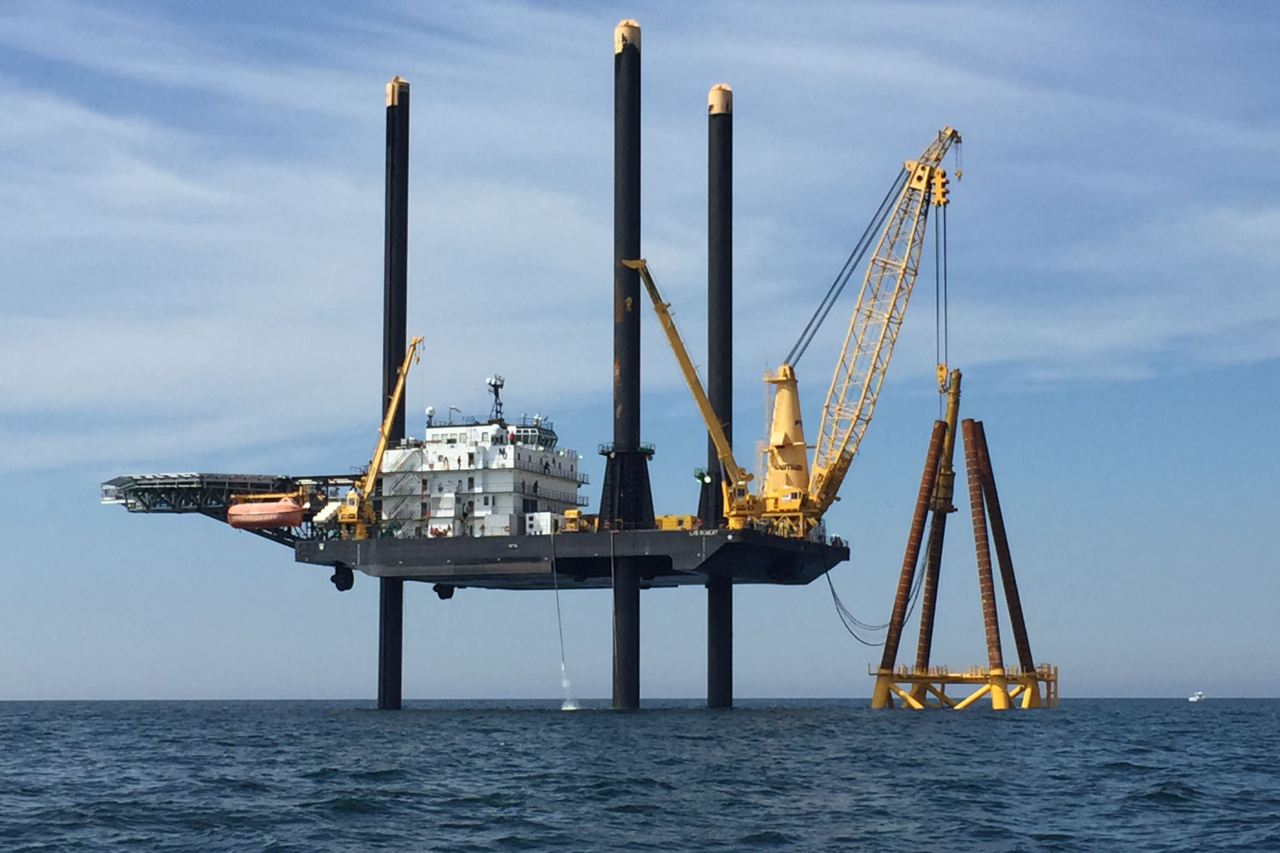
Planning Ahead Protects Fish and Fisheries
Conservation of fish and other marine life migrating from warming ocean waters will be more effective and also protect commercial fisheries if plans are made now to cope with climate change, according to a Rutgers-led study in the journal Science Advances.
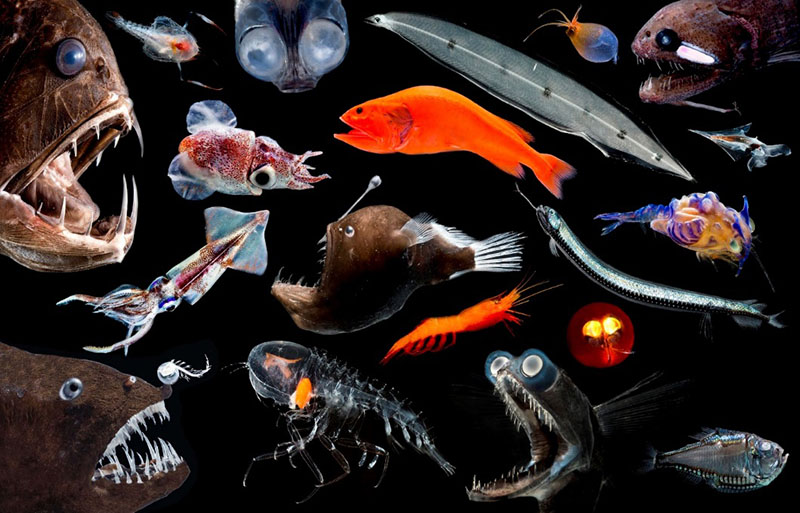
NSU Researcher Part of Team Addressing Potential Risks to Marine Life from Deep-Sea Mining
As the planet’s land-based natural resources become exhausted, the need for new sources is bringing the search to the deepest parts of the world’s oceans. And that has researchers across the globe very concerned.
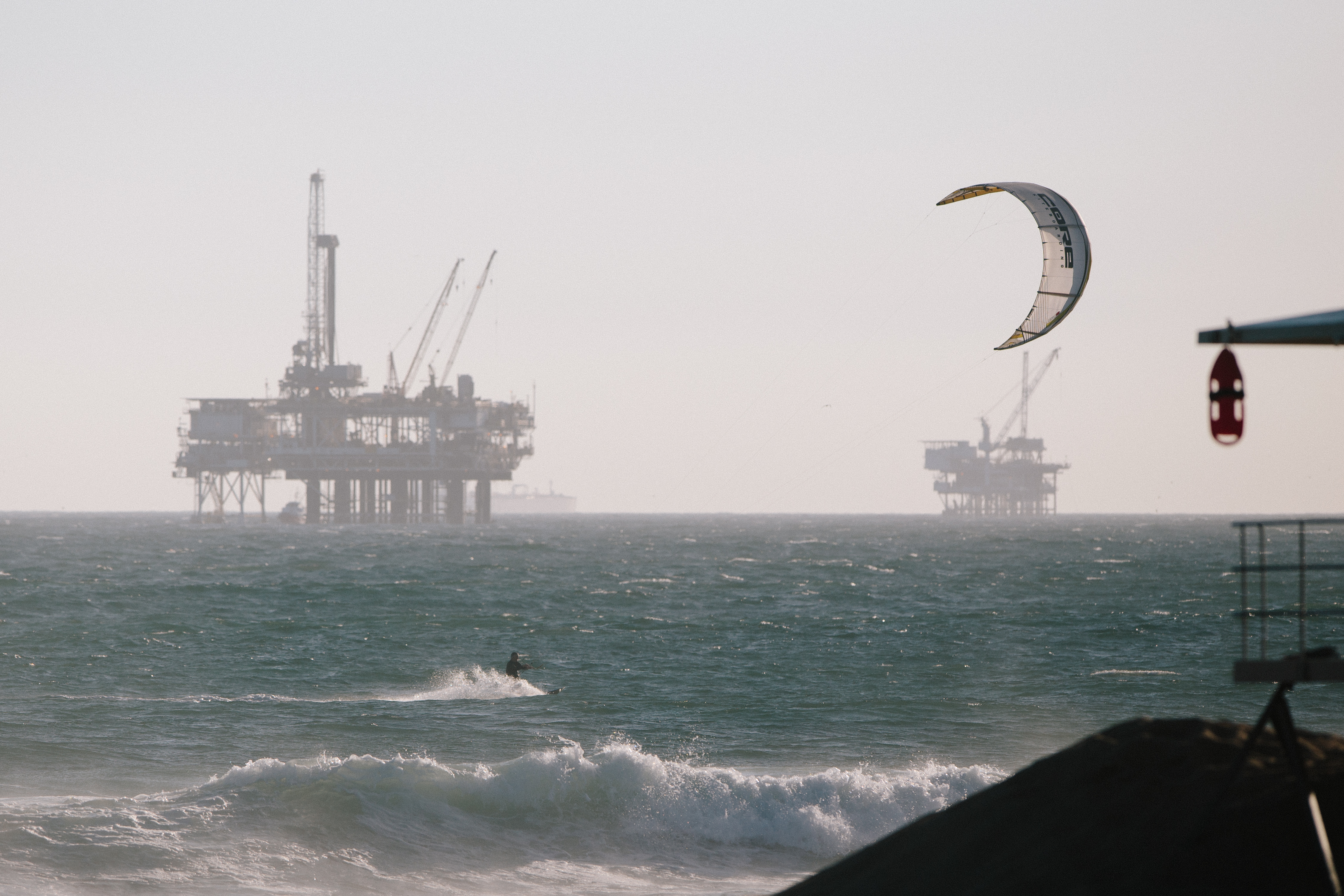
RIGS TO REEFS
Oil platforms along the coast of California are being taken offline. Research conducted by CSU faculty and students brings to light the value of these artificial reefs.
Faster-degrading plastic could promise cleaner seas
To address plastic pollution plaguing the world’s seas and waterways, Cornell University chemists have developed a new polymer that can degrade by ultraviolet radiation, according to research published in the Journal of the American Chemical Society.
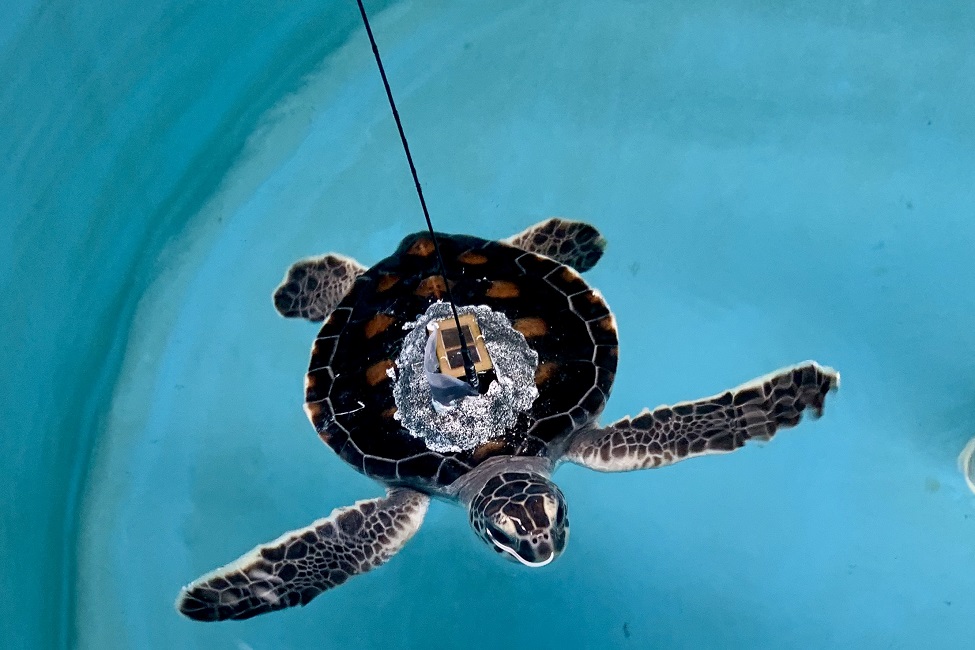
Researchers Team up with U.S. Coast Guard to Release and Track Three Baby Sea Turtles
Beach closures and other COVID-19 pandemic restrictions required scientists to get creative. They teamed up with the U.S. Coast Guard to make sure that three baby green sea turtles made it home. The turtles were outfitted with small solar powered satellite transmitters. Data will provide information to help scientists preserve sea turtles’ habitats and give them a hint about the effects of warmer temperatures on their offshore behavior.
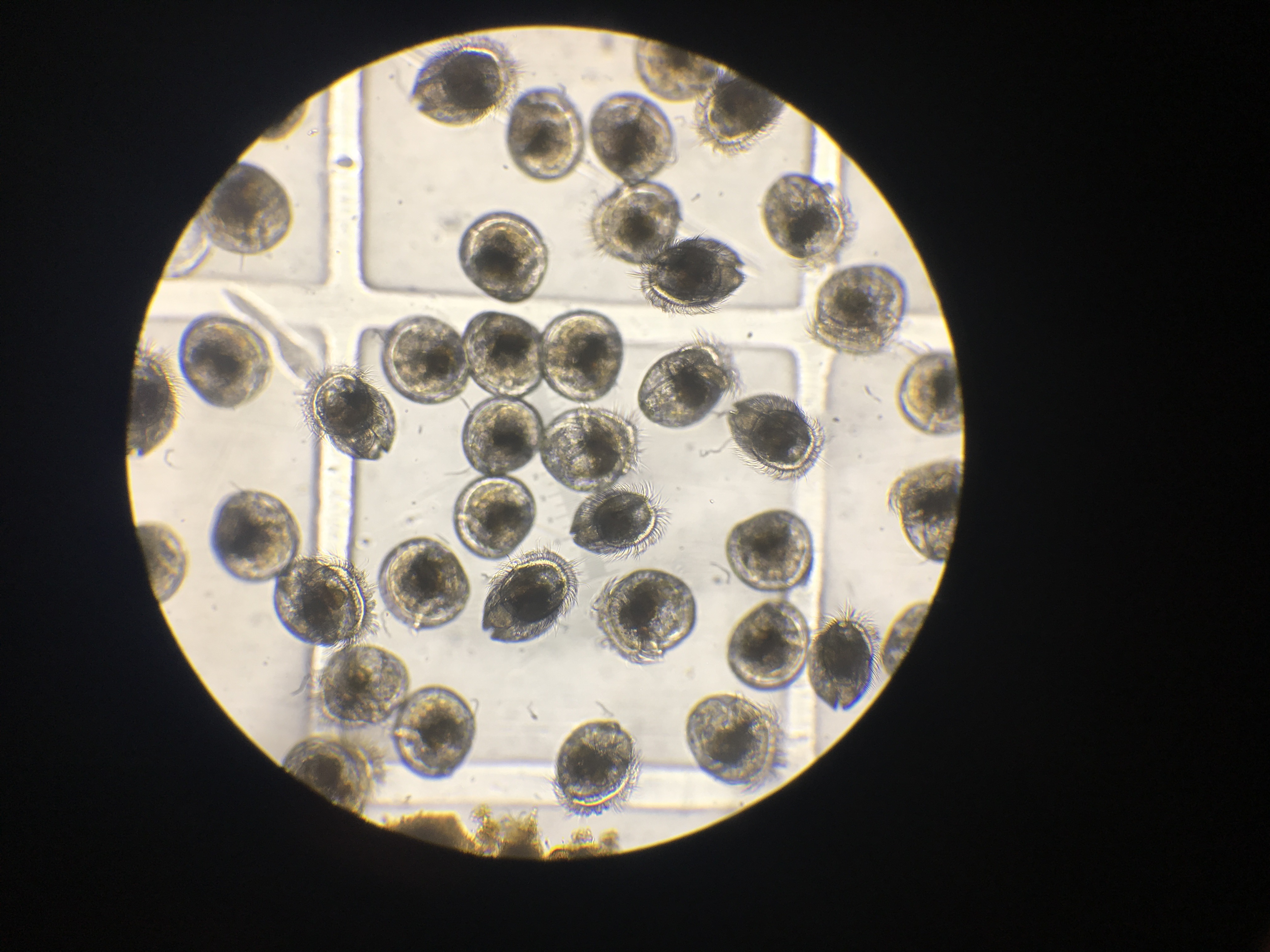
Ocean acidification impacts oysters’ memory of environmental stress
Researchers from the University of Washington School of Aquatic and Fishery Sciences have discovered that ocean acidification impacts the ability of some oysters to pass down “memories” of environmental trauma to their offspring.
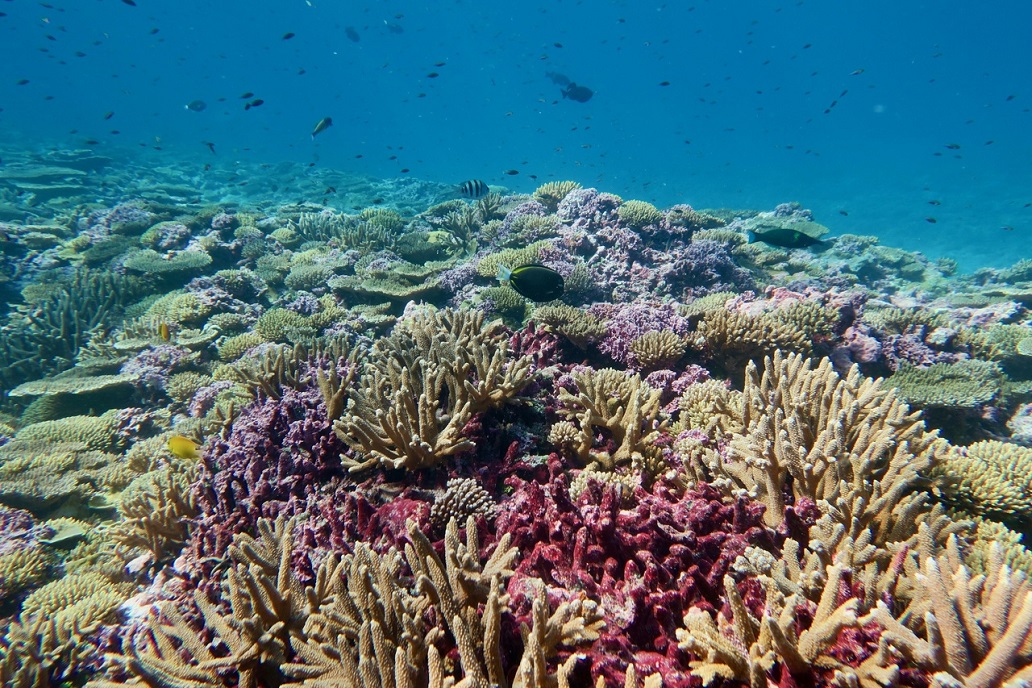
Global Cooling After Nuclear War Would Harm Ocean Life
A nuclear war that cooled Earth could worsen the impact of ocean acidification on corals, clams, oysters and other marine life with shells or skeletons, according to the first study of its kind.
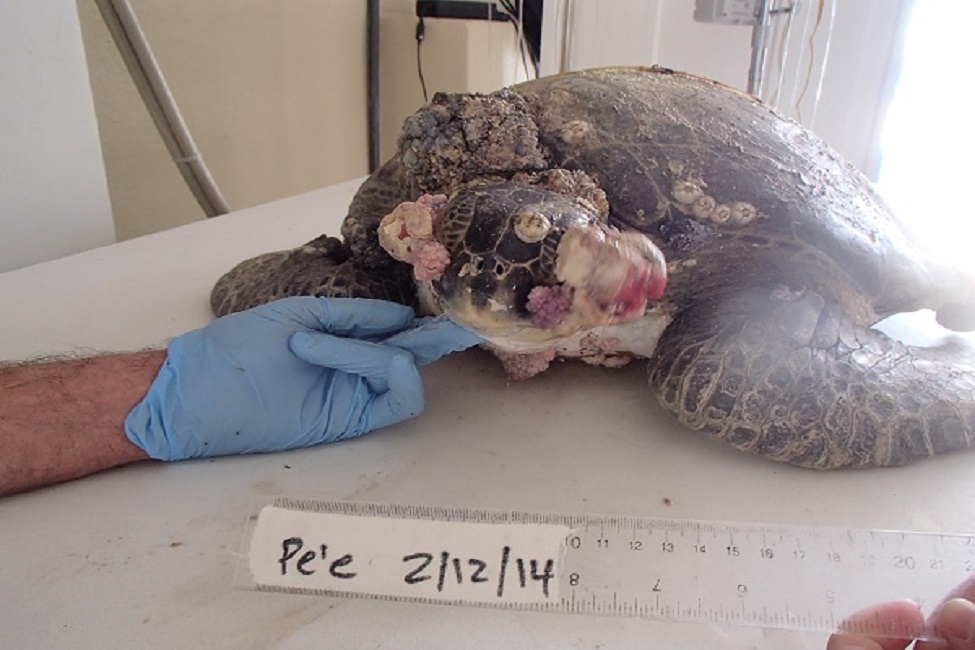
Most Rehabilitating Sea Turtles with Infectious Tumors Don’t Survive
Fibropapillomatosis (FP) is the most significant infectious disease affecting sea turtle populations worldwide. FB leads to tumors on the turtles’ eyes, flippers and internal organs and is widespread in warmer climates like Florida. A large-scale study evaluated tumor score, removal and regrowth in rehabilitating green sea turtles with FP in the southeastern U.S. from 2009 to 2017, and found that 75 percent did not survive following admission into a rehabilitation facility, irrespective of whether or not tumor regrowth occurred after surgery.
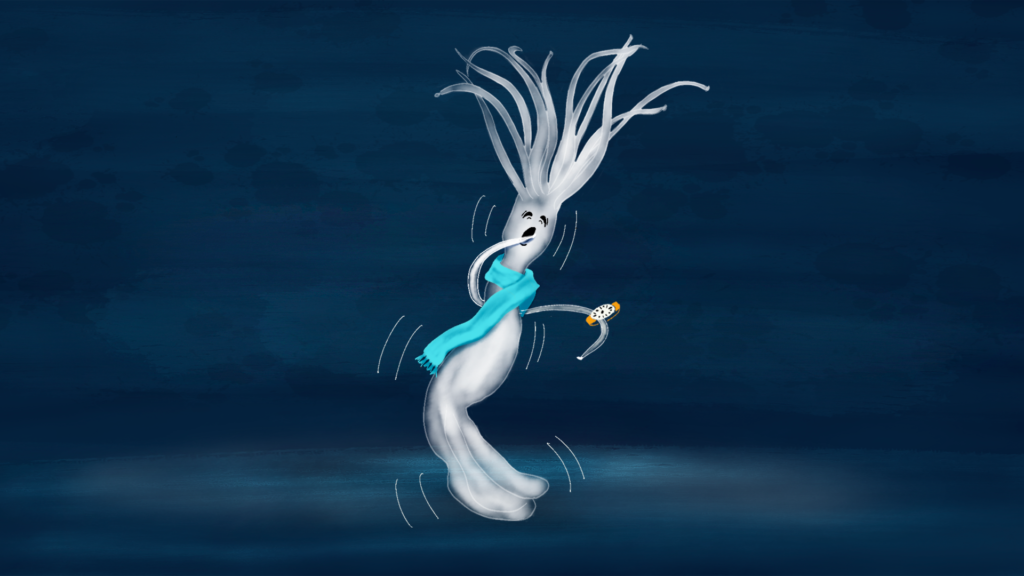
Sea anemones with jet lag?
Ocean scientists investigate the internal body clocks of sea anemones to determine if fluctuating temperatures play a role in their daily rhythms.
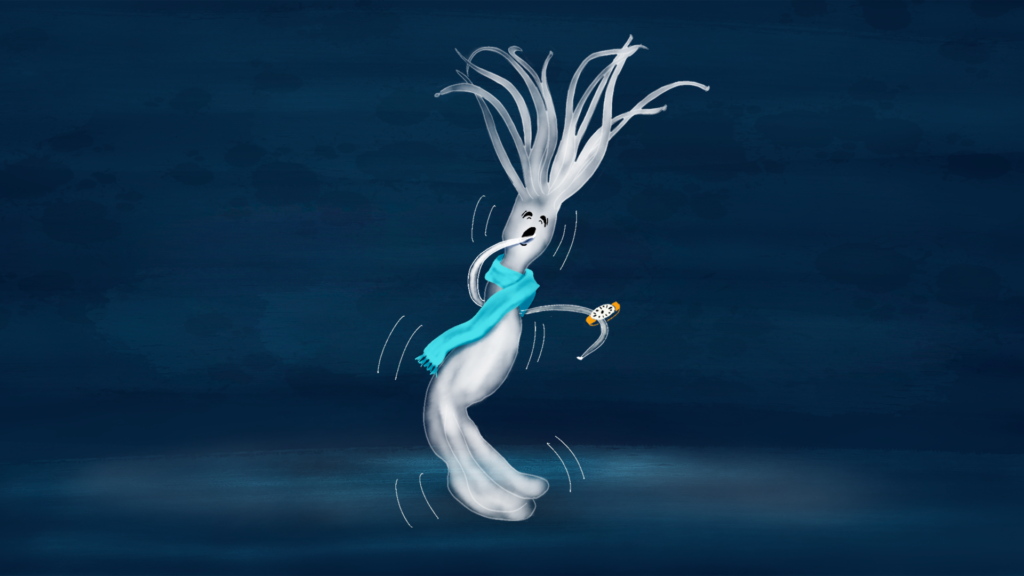
Sea anemones with jet lag?
Ocean scientists investigate the internal body clocks of sea anemones to determine if fluctuating temperatures play a role in their daily rhythms.
New danger for corals in warming oceans: metal pollution
Metal copper from agricultural runoff and marine paint leaching from boat hulls poses an emerging threat to soft coral sea fans in the waters around Puerto Rico.

Expert on the sustainability of coral reefs
The more living coral tissue you can protect on the reef, the more resilient the coral reefs are going to be to ocean acidification. Coral diseases have led to a dramatic decline in coral coverage in the Caribbean and globally.…

Simulated Sunlight Reveals How 98 Percent of Plastics at Sea Go Missing Each Year
A new study helps to solve the mystery of missing plastic fragments at sea. Scientists selected microplastics prevalently found on the ocean surface and irradiated them with a solar simulator system. They found that simulated sunlight increased the amount of dissolved carbon in the water, making those tiny plastic particles tinier. Direct, experimental proof of the photochemical degradation of marine plastics remains rare. This work provides novel insight into the removal mechanisms and potential lifetimes of a select few microplastics.
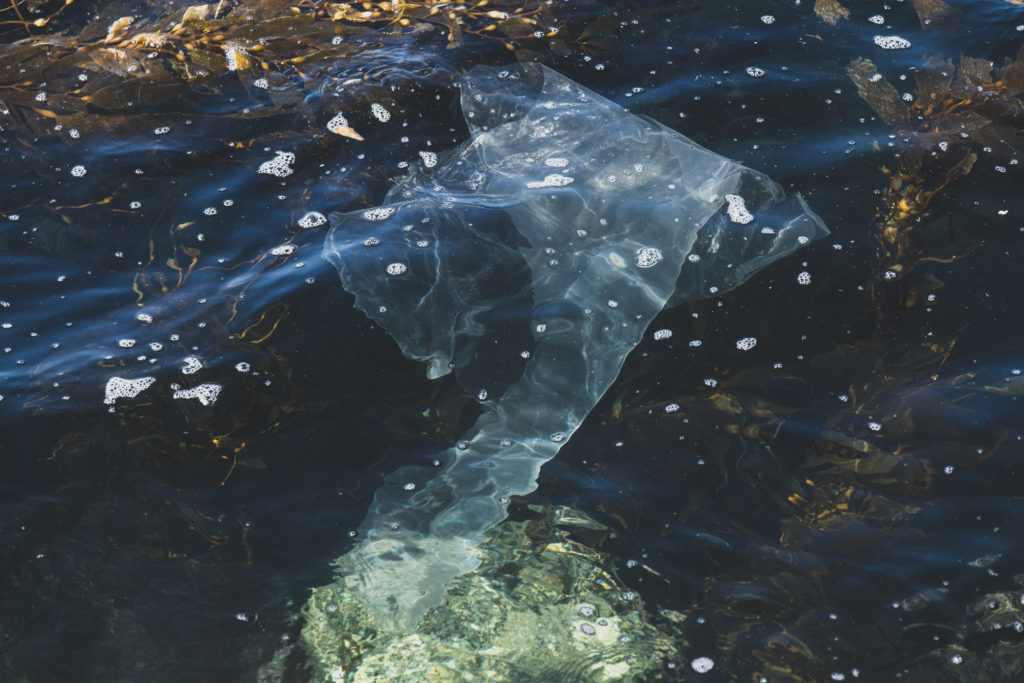
Poisoned by Plastic
Too many of the plastic cups, chip bags, cigarette butts and take-out containers you see littering California’s beaches don’t stay on the sand. An estimated 17.6 billion pounds of plastic make their way into the world’s oceans annually, the equivalent of dumping a garbage truck full of plastic into the ocean every minute—and 80 percent of that comes directly from littering on land.
Infectious disease in marine life linked to decades of ocean warming
New research shows that long-term changes in diseases in ocean species coincides with decades of widespread environmental change.